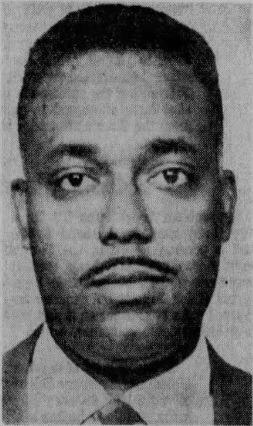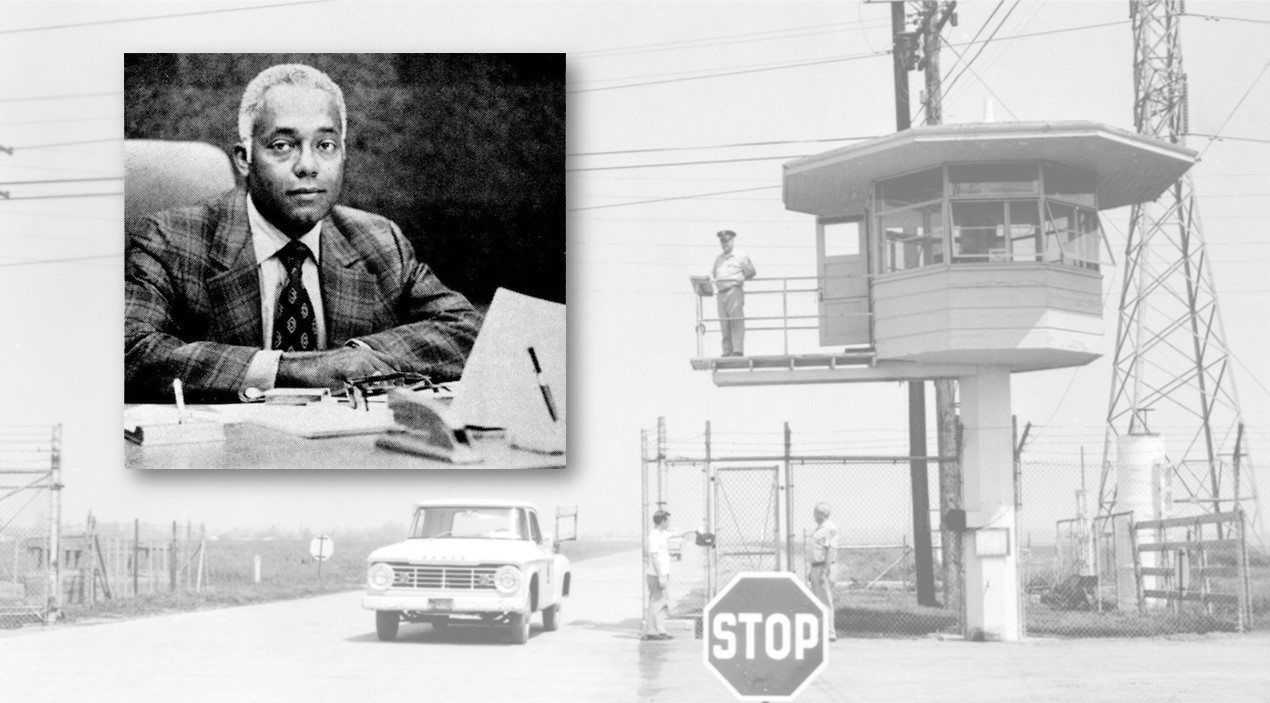(Editor’s note: In honor of Black History Month, Inside CDCR looks at the career of California’s first black parole administrator and prison warden: Bertram Griggs.)
Bertram Griggs made headlines in 1971 when he became California’s first black prison warden, known then as superintendent. He was appointed to lead the California Institution for Men in Chino. Nearly a decade earlier, he became the first black person to promote through corrections to become a regional parole administrator.
Bertram Griggs: From parole agent to first black warden

In 1952, Griggs joined the department’s parole division as an agent in southern California.
He worked his way up. In 1963, he became the first black regional parole administrator in the state.
According to news accounts, the region he oversaw handled the largest caseload in California, overseeing 7,000 adult parolees.
With his warden appointment, known then as a superintendent, the 50-year-old Griggs shared his unique perspective with the Sacramento Bee, Feb. 22, 1971.
He’d spent 19 years in parole, trying to help people released from prison find their way in the world.
Education as reentry tool
“The least we can do is give a man a proper education so that he can go out and get a decent job,” he said. “It’s not enough to teach him a trade if he isn’t properly educated.”
He said while employers were willing to hire a person on parole, basic education was found to be lacking.
“(Griggs is) convinced that men with inadequate education are more likely to return to prison,” according to the newspaper.
He also believed the community should be involved in the rehabilitation process.
“It is important that the community understand that corrections is everybody’s business,” he said in 1971.
Griggs was an early proponent of diversity, equity, and inclusion for staff and the incarcerated population. He said staff training helps people be more “sensitive to the feelings and history” of minority groups.
Education benefits staff, incarcerated

As someone who believed in the power of education, he followed his own advice, taking part in educational opportunities throughout his career.
Griggs hailed from Birmingham, Alabama, graduating from Morehouse College of Atlanta with a Bachelor of Arts degree in 1942.
Five years later, he moved to Los Angeles. There he enrolled in the University of Southern California’s school of social work in 1951 and 1952. His social work education prepared him for his parole career.
When he was appointed warden in 1971, he was attending Harvard University’s Center for the Advancement of Criminal Justice on a fellowship for the fall and spring semesters.
Griggs was known for visiting the institutions regularly as a parole agent and the Region 3 Parole Administrator, essentially pushing for a more comprehensive approach to incarceration, parole, and reentry.
“I have always believed that to be effective, a parole agent had to work inside the institution as well as outside. I have always followed that idea,” he told the Progress-Bulletin of Pomona, Jan. 29, 1972.
A decade as warden
Griggs served as warden until 1982 when he was replaced by Midge Carroll. She became the first female warden of a men’s prison. Carroll was chosen by Ruth Rushen, the first black woman to be named director of the Department of Corrections.
- Related content: Governor Gavin Newsom proclaims February 2024 as Black History Month.
By Don Chaddock, Inside CDCR editor
Office of Public and Employee Communications
Learn more about California prison history.
Follow CDCR on YouTube, Facebook, X (formerly Twitter). Listen to the CDCR Unlocked podcast.
